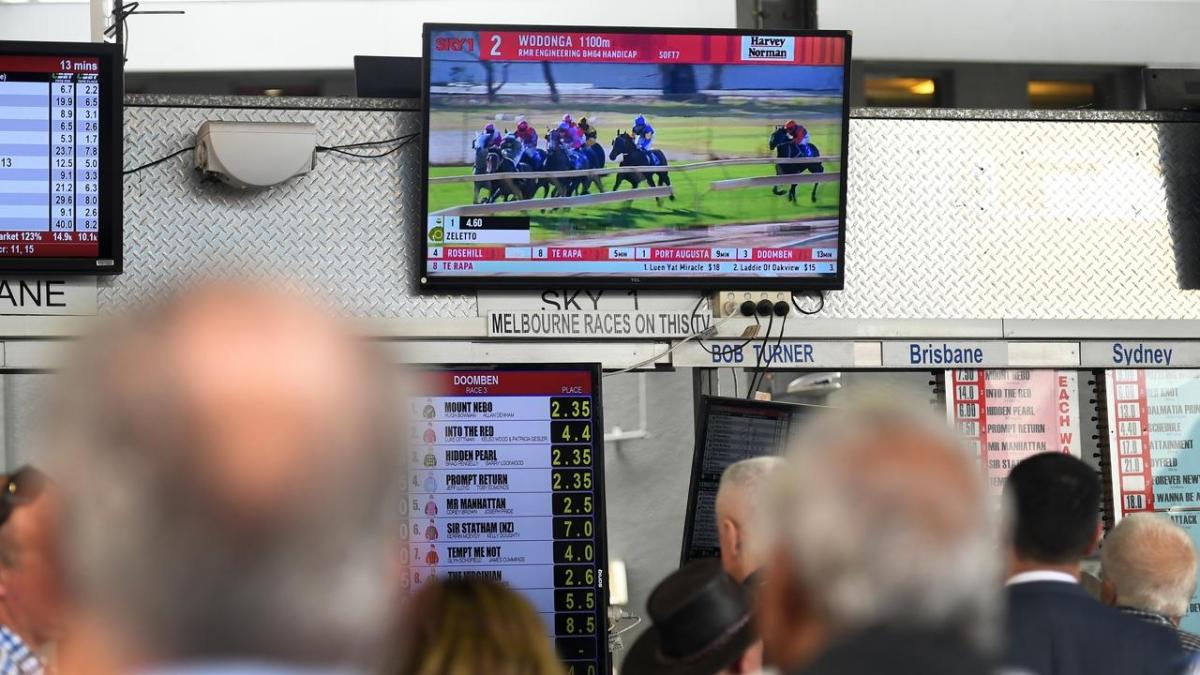
One in six workers took advantage of a scheme that allowed Australians to tap their superannuation during the COVID-19 pandemic, with many using the money to splurge on gambling.
ATM withdrawals also spiked among those accessing their super, new research shows, as part of a coalition initiative the Labor government has branded a disaster.
The Morrison coalition government announced the plan almost three years ago, just as the COVID-19 pandemic was gathering pace and battering the economy.
Working-age Australians were allowed to withdraw up to $10,000 from their super accounts by June 30, 2020, and by another $10,000 from July 1 after meeting certain criteria relating to their work, including being made redundant or having hours cut.
While the move shocked the superannuation industry, the government argued it was essential to allow those whose work and earnings had been hardest hit by the pandemic access to their money.
One in six workers withdrew funds worth a total of $38 billion, research by three economists from The George Washington University, Australian National University and Harvard University found.
This equated on average to 51 per cent of their super balances, potentially reducing their retirement balances by more than $120,000, the findings by researchers Steven Hamilton, Tristram Sainsbury and Geoffrey Liu show.
“Five in six withdrew as much as possible, nearly half withdrew in the first 10 days, and three-quarters who had funds remaining after the first round withdrew again,” they found.
Treasurer Jim Chalmers said the analysis showed the early super access scheme was “an absolute disaster”.
“It’s had a devastating impact on the retirement savings of millions of Australians,” he tweeted on Thursday.
The research captured anonymised government records covering super, tax, payroll, and welfare on Australia’s entire working-age population and a large panel of weekly bank transactions.
Workers in blue-collar jobs – mostly construction and mining – were more likely to draw down their super and the inclination to take advantage of the government scheme rose the further people lived from urban areas.
Generally, those withdrawing funds earned “moderately lower wages”, the researchers found.
“But withdrawers had radically lower rates of saving and levels of savings, both immediately prior to withdrawal and in the three years prior, and they had substantially lower stock and investment property holdings,” they added.
ATM withdrawals was the top category for spending after super withdrawals as people increased their transactions by thousands of dollars.
But they also put almost an extra $400 toward non-card debt repayments and increased spending on gambling by around $300.
“Gambling was the third-largest discernible category, above credit card repayments,” the research found.
Ultimately, the study found the withdrawal and spending of the super cash could be predicted by multiple measures such as poor financial health, high pre-scheme rates of cash withdrawal and gambling and younger age.
“The super withdrawal program serves as a cautionary tale for the design of private retirement saving systems, which have gained renewed interest as the US Social Security trust funds near depletion,” they concluded.
Representative group Industry Super Australia said the scheme was a mistake that should never be repeated.
“People faced a wicked choice between sacrificing their retirement savings and bailing themselves out during the early stages of the COVID pandemic,” chief executive Bernie Dean said.
“No government should ever force Australians to make that choice again.”